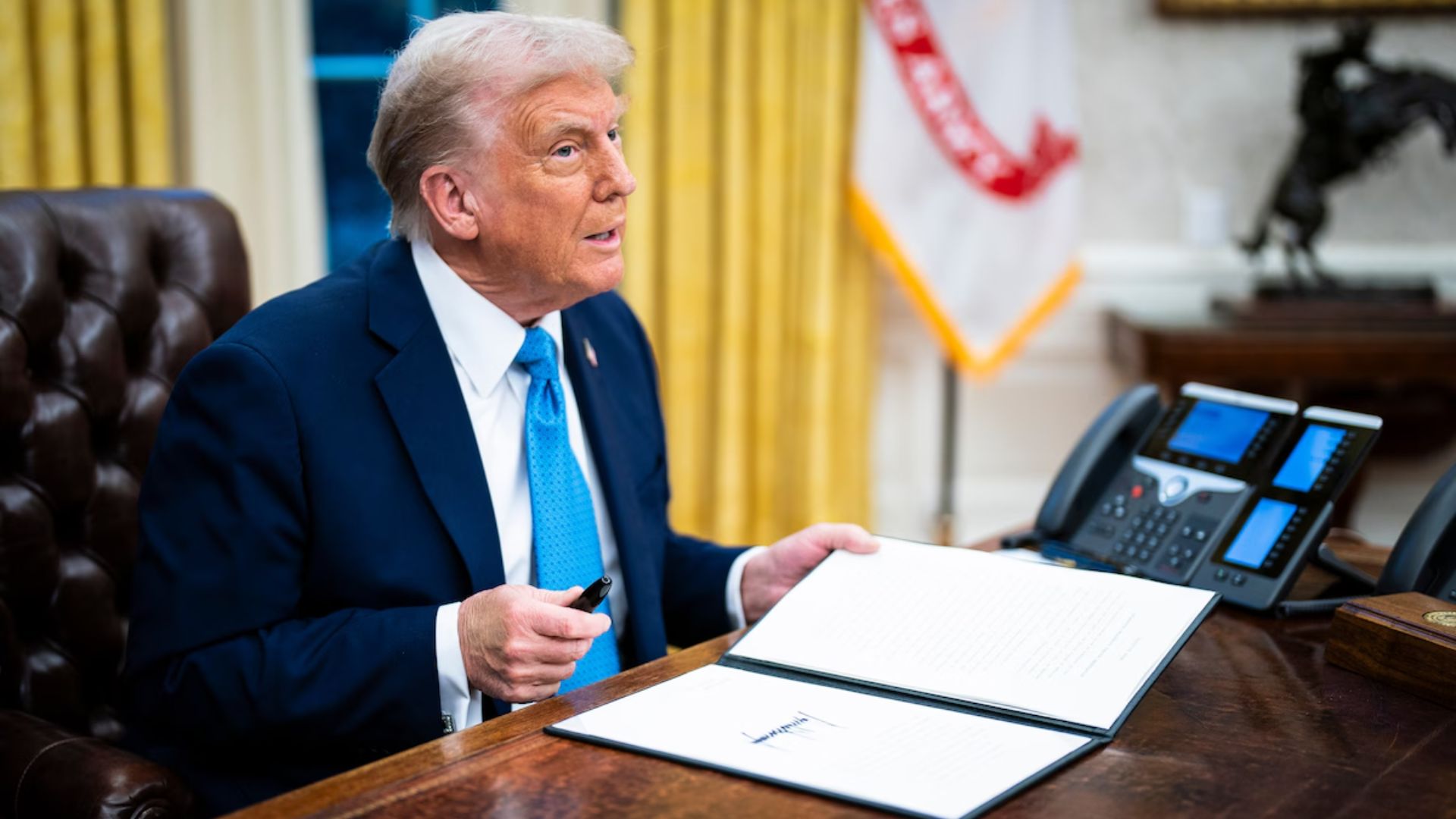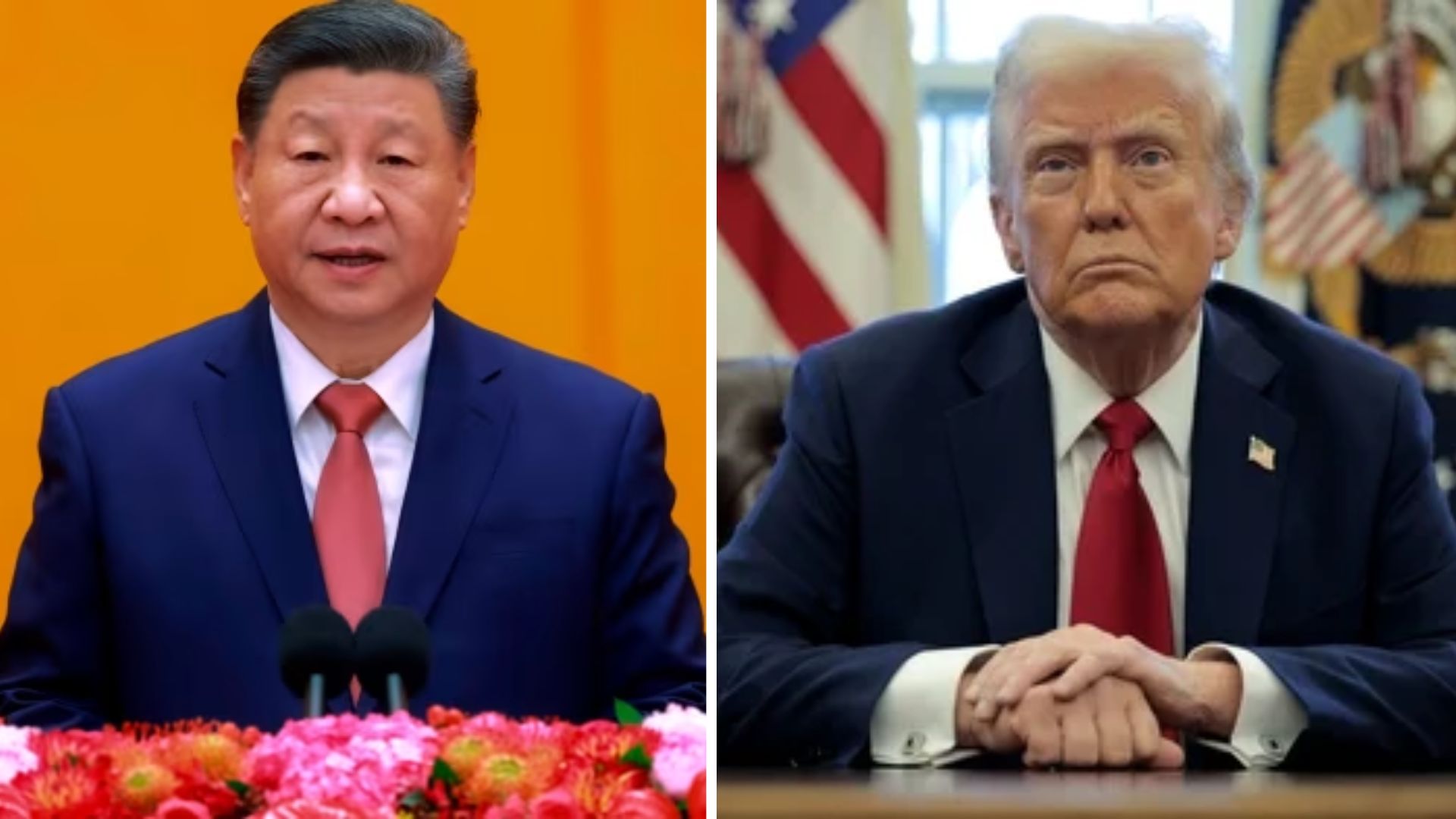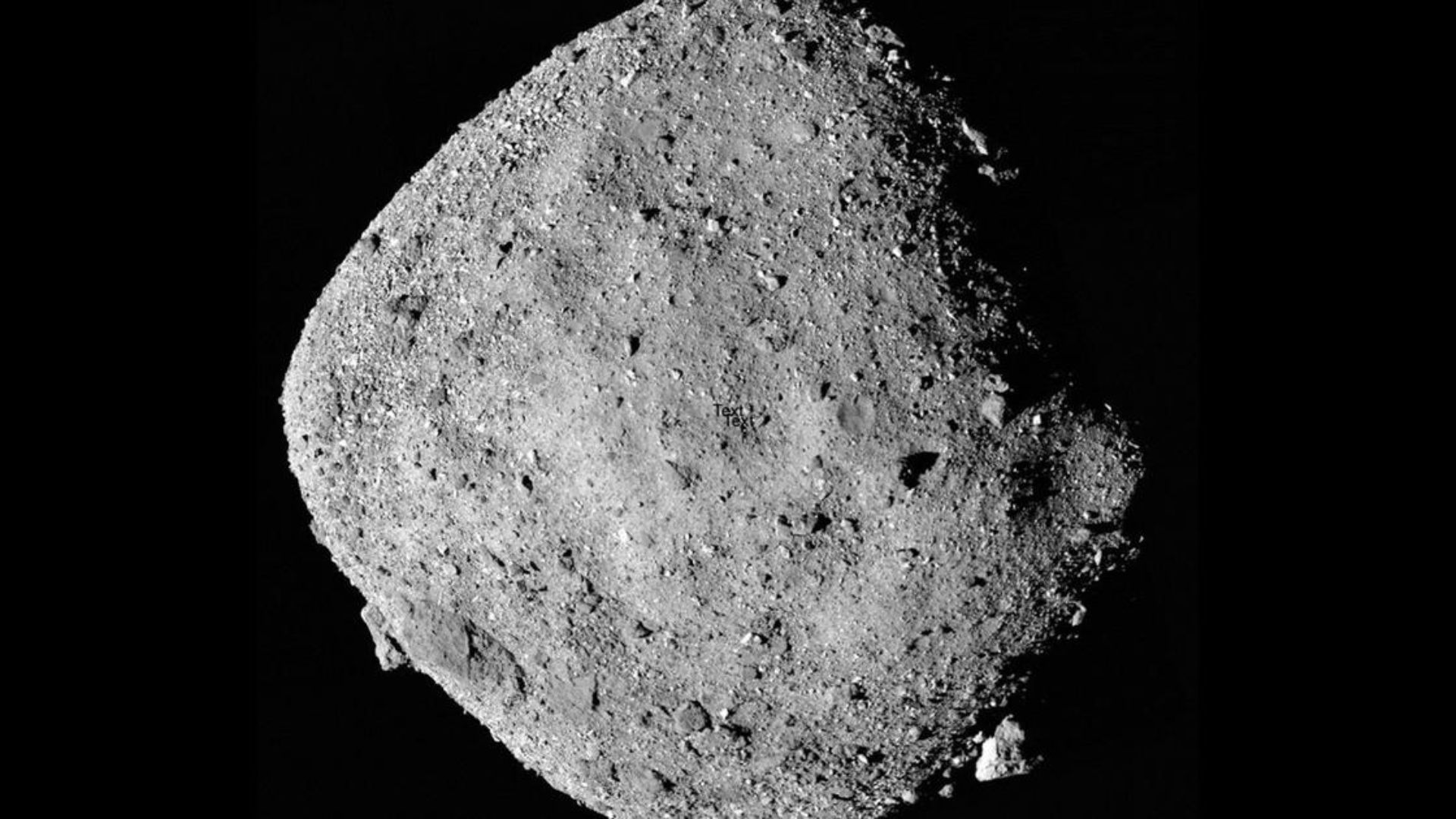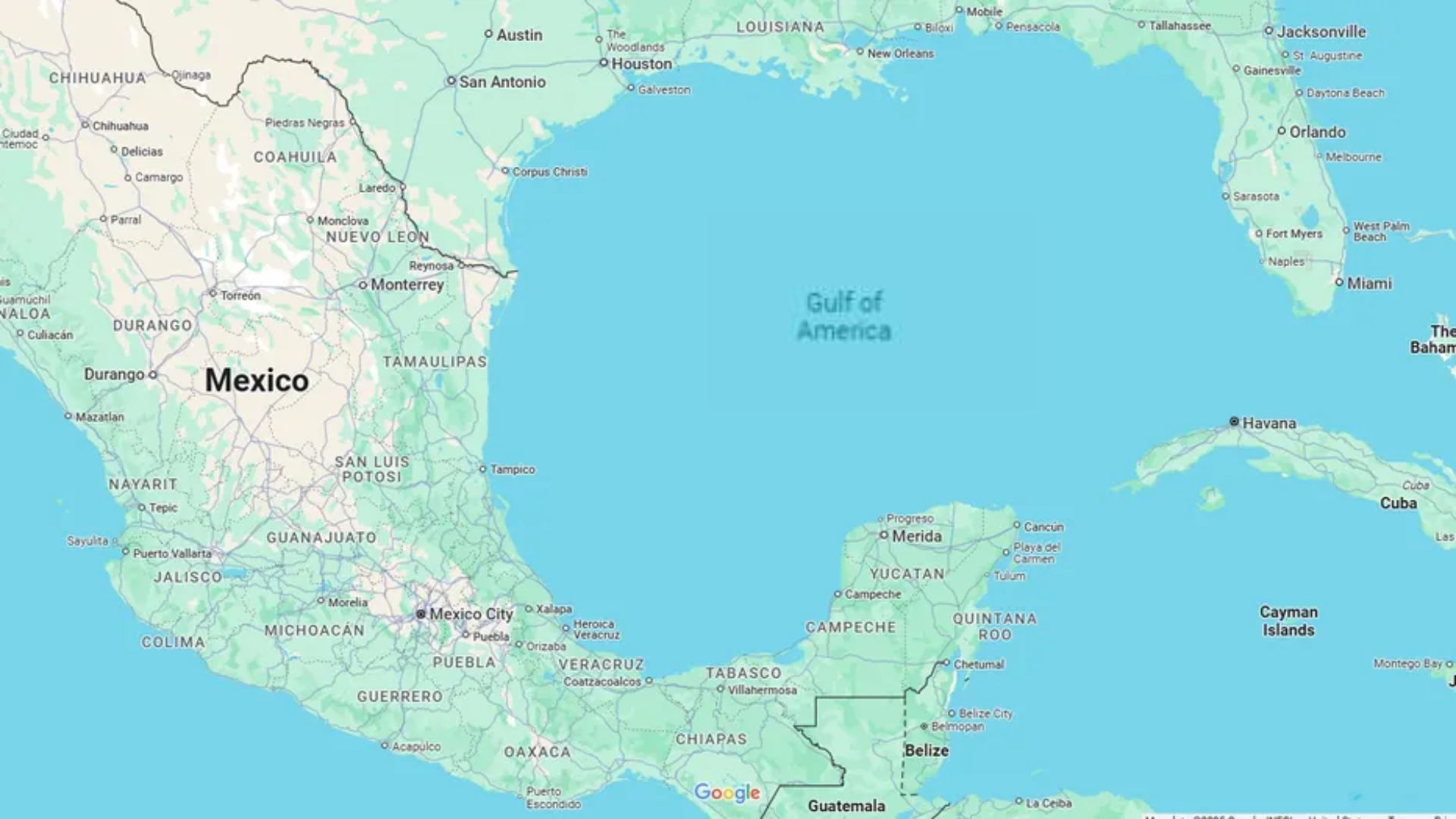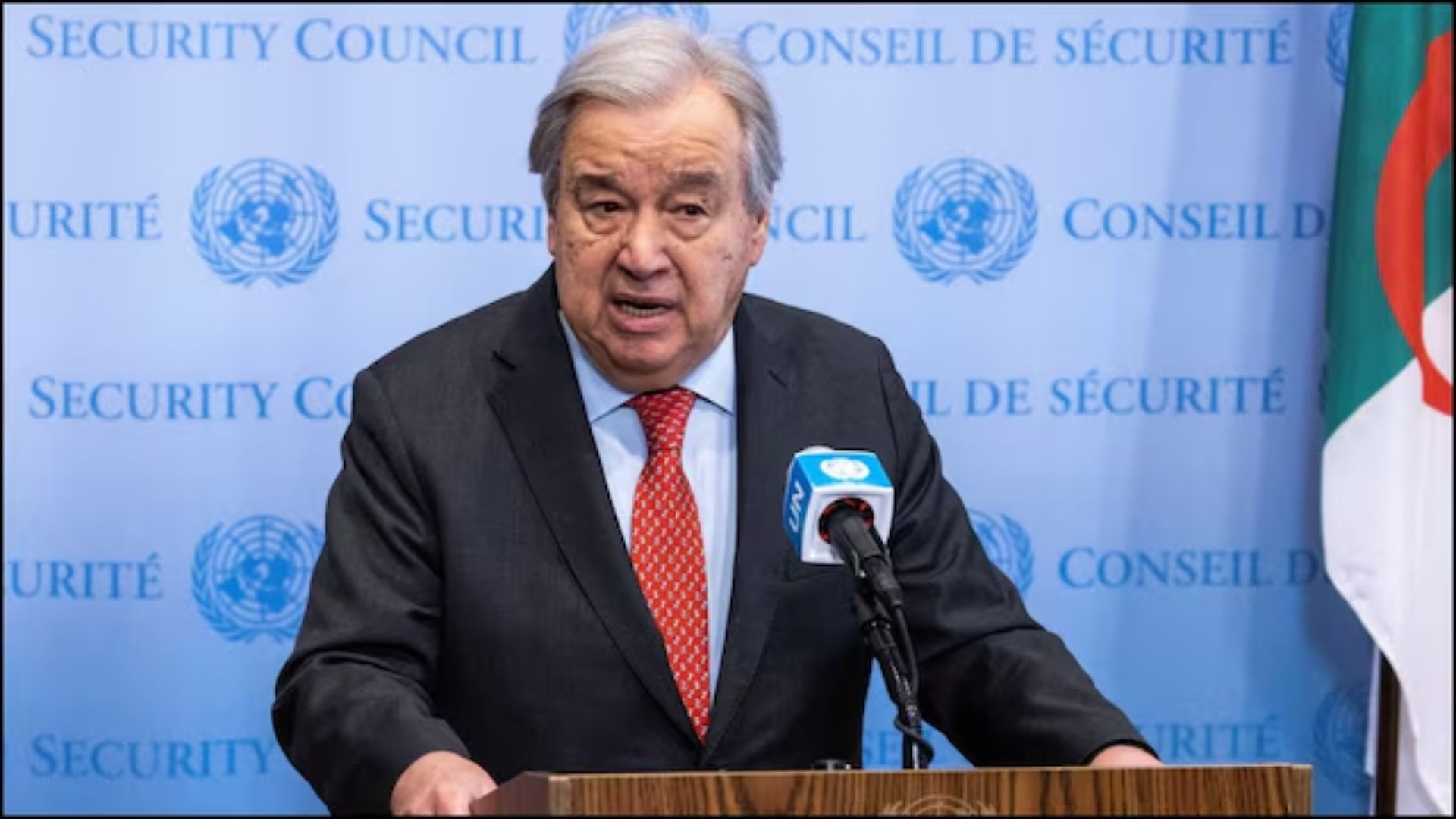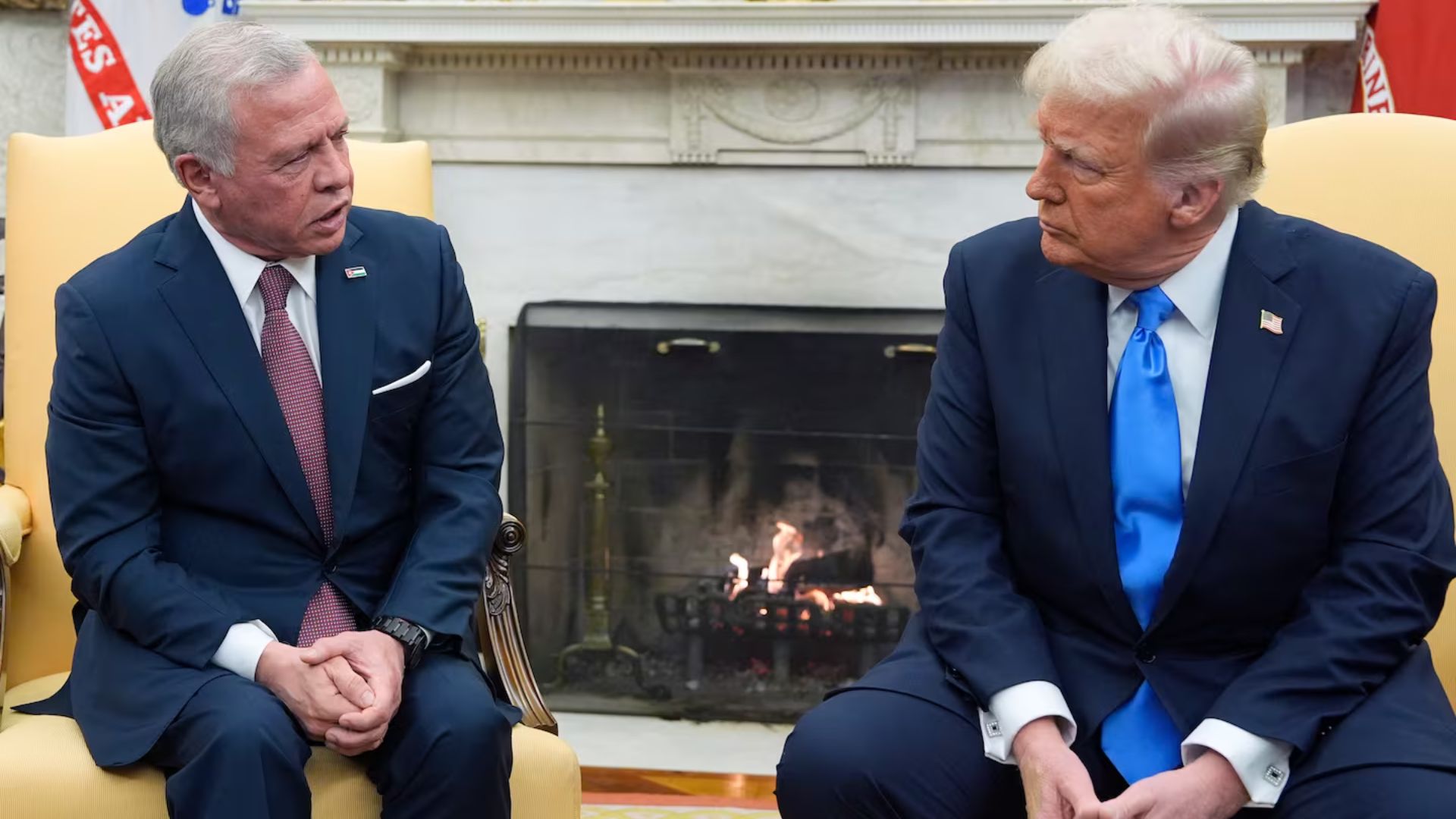.jpg)
Growing Poverty Drives Surge in Pakistan’s Used Clothing Market
During the last fiscal year, Pakistan imported used clothing to the unprecedented value of 1.137 million tonnes and its associated value of $511 million. It eclipsed its previous record in FY24 of 990,266 tonnes ($434 million). This is indicative of the urgency for low-cost clothing solutions for a growing number of Pakistanis that are facing financial struggles.
Many Pakistanis are resorting to second-hand markets; called, “landa bazaars” or flea markets, because they cannot afford new, branded, or locally made clothing.Prices for clothing, shoes, and other commodities are significantly lower in well-known markets like Shershah and Banaras than in brand-new ones.
According to the World Bank, nearly 45% of Pakistan’s population now lives below the poverty line, set at $4.20 per person per day. The poverty rate among lower-middle-income groups has also risen from 39.8% to 44.7%.
Muhammad Usman Farooqui, General Secretary of the Pakistan Second-Hand Clothing Merchants Association (PSHCMA) stated that the recent rise in imports is mainly the result of growing poverty, as many families are relying on cheap used clothing.
He urged the government to reduce taxes and duties on these imports, which currently include a 10% regulatory duty, 5% customs duty, 6% advance income tax, and roughly 5% sales tax. Traders must also pay a 5% sales tax on their margins and if traders make more than Rs 600,000 a year they are subject to income tax. Under the Finance Bill 2024, importers must collect advance tax from dealers and distributors with the rates being higher for unregistered businesses.
Most second hand clothes are imported from China, Japan, Korea, USA, Europe and Canada. Only 10–20% of the goods offered locally are of higher quality, which exporters in special zones sift for reexport. The import taxes for clothing and shoes are Rs 36 and Rs 66 per kilogram, respectively.
Market surveys show that imported used jeans sell for Rs 300–400, shirts for Rs 250–300, and sports shoes for Rs 600–800, compared with new local shoes at Rs 2,500–3,500 and branded shoes at Rs 4,000–5,500.
Amid economic challenges, “landa bazaars” have become an essential source of affordable clothing for low-income families across Pakistan.



